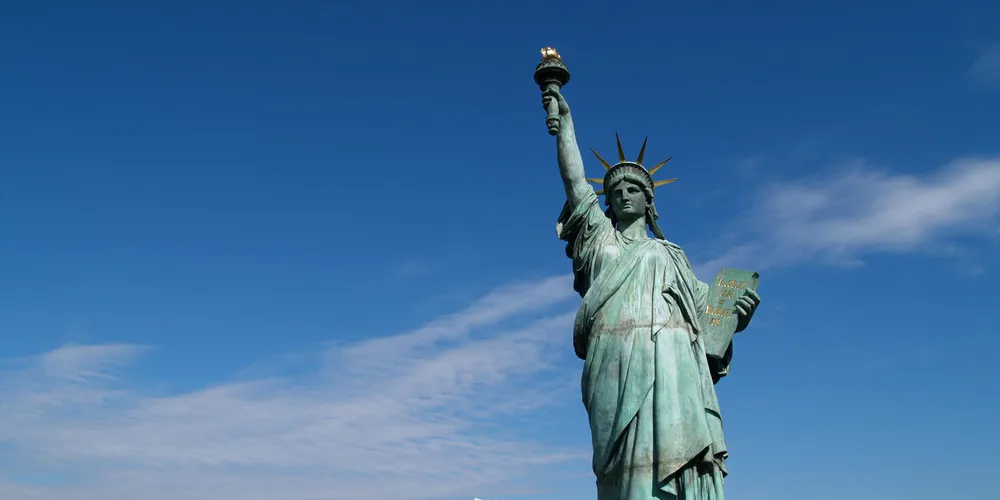IntraFish's NYC Seafood Investor Forum blog: Recap on a full day of news
Top execs from the global seafood industry and investors congregate in New York City for this year's IntraFish Seafood Investment Forum -- Check out our live coverage here.

Top execs from the global seafood industry and investors congregate in New York City for this year's IntraFish Seafood Investment Forum -- Check out our live coverage here.
